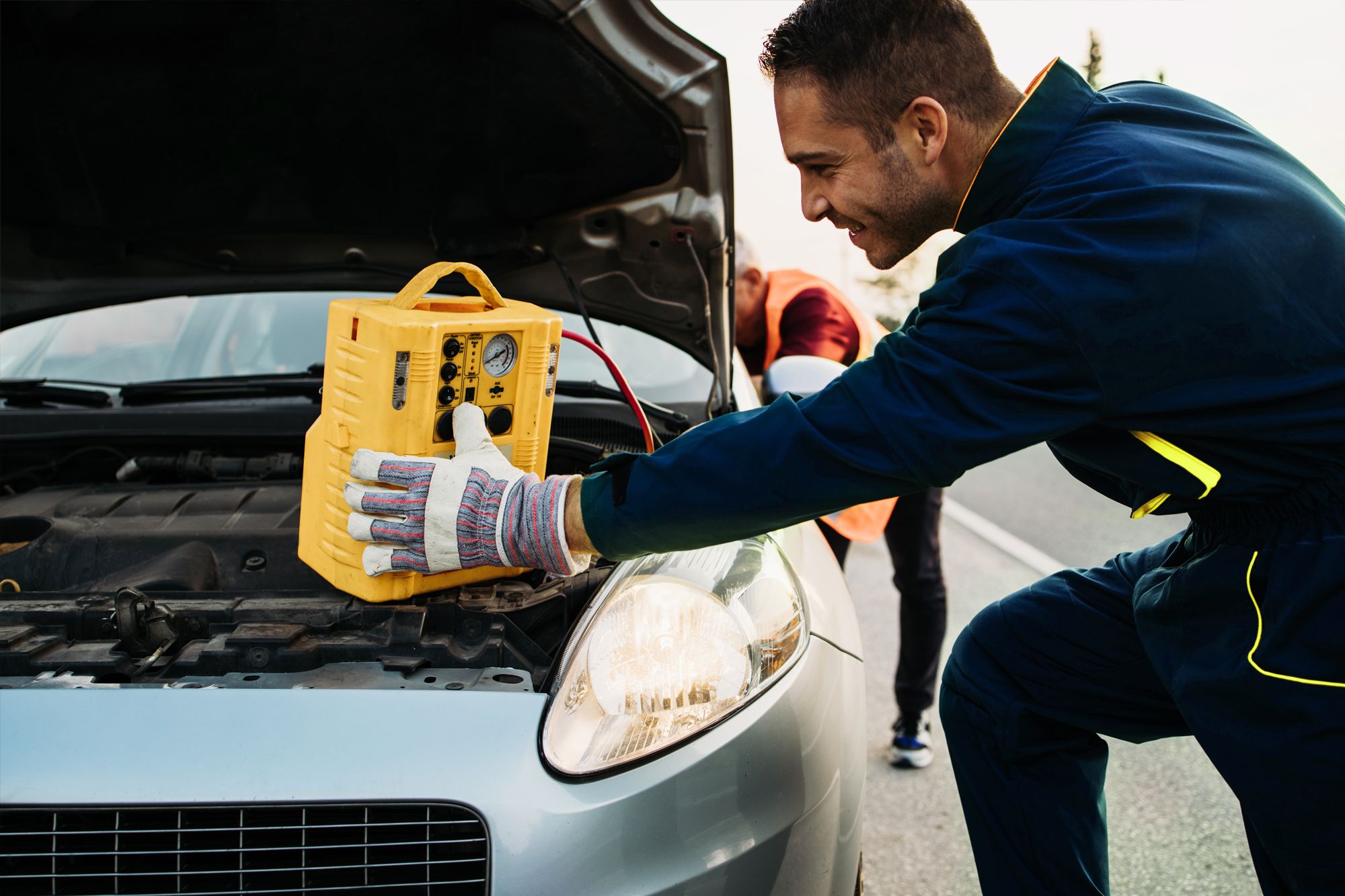All Categories
Featured
Your car's shock absorber is an essential element that boosts your driving experience by giving convenience, security, and control. In time, deterioration on this system can jeopardize your auto's safety and efficiency. By adopting proper upkeep methods, you can prolong the life of your suspension and stay clear of pricey repair services. Below's a step-by-step guide to maintaining your shock absorber in outstanding shape.
![]()
Dripping Fluid: Oil around the struts or shocks suggests they might require substitute. Harmed Springs: Fractures or breaks in the springs can cause unequal car height. Corrosion or Deterioration: Steel elements like control arms and bushings are vulnerable to corrosion gradually. If you notice any type of irregularities, have your shock absorber inspected by an expert mechanic.
Keep tires pumped up to the recommended pressure. Revolve tires every 5,000 to 7,500 miles. Equilibrium and align wheels yearly or after hitting craters or visuals. Uneven tire wear is a common sign of suspension imbalance or worn elements.
![]()
Conclusion. Proper maintenance of your suspension system is important for making certain a comfy and safe driving experience. By conducting regular assessments, replacing worn parts, maintaining tire care, and driving responsibly, you can keep your suspension in peak problem. Proactive treatment not just avoids expensive repairs however also guarantees your car's longevity and safety for every journey.
- Understand the Importance of the Shock Absorber. The suspension system takes in shocks from uneven roadways, sustains the vehicle's weight, and maintains the tires firmly touching the roadway. It consists of shocks, shows off, springs, control arms, and bushings, all of which work with each other to ensure a secure and smooth experience. Identifying its significance is the primary step toward appropriate treatment.
- Conduct Routine Visual Inspections. Constant aesthetic checks can aid identify possible issues early. Look for:

Dripping Fluid: Oil around the struts or shocks suggests they might require substitute. Harmed Springs: Fractures or breaks in the springs can cause unequal car height. Corrosion or Deterioration: Steel elements like control arms and bushings are vulnerable to corrosion gradually. If you notice any type of irregularities, have your shock absorber inspected by an expert mechanic.
- Address Uncommon Sounds and Symptoms. Uncommon sounds, such as creaking, squealing, or clunking, usually signal suspension concerns. Similarly, a bouncy ride, trouble steering, or the automobile pulling away shows that a suspension part could require focus. Do not ignore these indications; very early discovery can avoid additional damage.
- Maintain Proper Tire Treatment. Tires and suspension collaborate to supply a smooth ride. To decrease anxiety on your shock absorber:
Keep tires pumped up to the recommended pressure. Revolve tires every 5,000 to 7,500 miles. Equilibrium and align wheels yearly or after hitting craters or visuals. Uneven tire wear is a common sign of suspension imbalance or worn elements.
- Replace Worn-Out Parts promptly. Suspension parts like shocks, shows off, and bushings wear gradually. Manufacturers normally recommend changing shocks and struts every 50,000 to 100,000 miles, depending on driving problems. Postponing replacement can compromise handling, safety and security, and total car efficiency.

- Stay Clear Of Overloading Your Car. Surpassing your lorry's weight capacity places too much strain on the suspension system. This can bring about quicker damage on parts like springs and shocks. Constantly examine your proprietor's handbook for weight limitations and avoid overloading.
- Drive Responsibly. Hostile driving behaviors, such as speeding over gaps, taking corners too quickly, or regularly driving on harsh roads, can harm your suspension. Method mindful driving to decrease wear and expand the life expectancy of your suspension system.
- Arrange Expert Examinations. Regular professional inspections are vital for identifying concealed concerns and guaranteeing optimum performance. Auto mechanics can spot problems that aren't visible throughout a do it yourself check, such as worn sphere joints or control arm damage.
Conclusion. Proper maintenance of your suspension system is important for making certain a comfy and safe driving experience. By conducting regular assessments, replacing worn parts, maintaining tire care, and driving responsibly, you can keep your suspension in peak problem. Proactive treatment not just avoids expensive repairs however also guarantees your car's longevity and safety for every journey.
Latest Posts
Experience WyHy FCU – Top Benefits for Your Future
Published May 26, 25
1 min read
Experience Your Financial Partner at WyHy – Essential Perks for Your Financial Success
Published May 26, 25
1 min read
Uncover the Leading Auto Repair Coupons in Montclare, Chicago
Published May 24, 25
1 min read